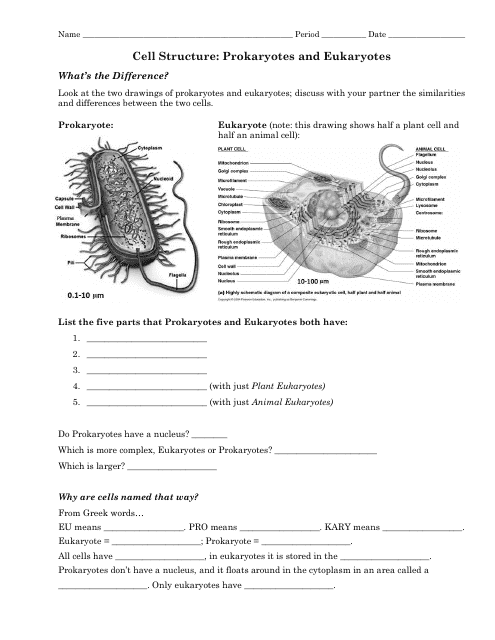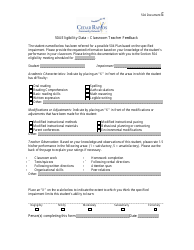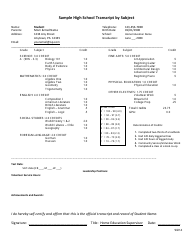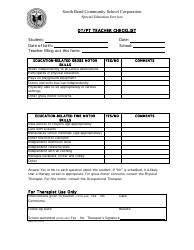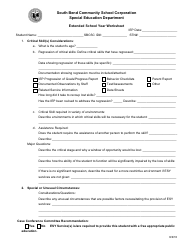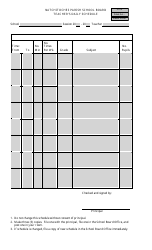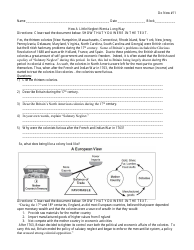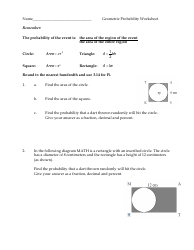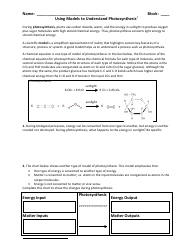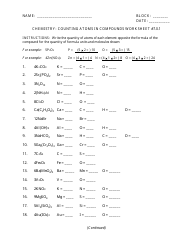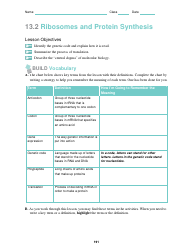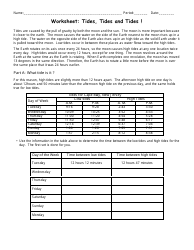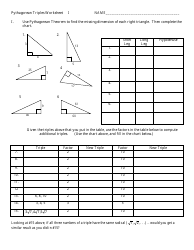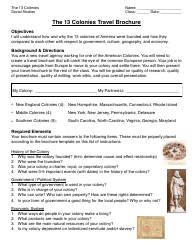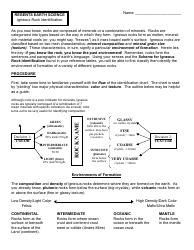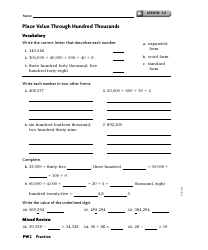Cell Structure: Prokaryotes and Eukaryotes Worksheet - Randolph High School
The Cell Structure: Prokaryotes and Eukaryotes Worksheet from Randolph High School is likely a learning resource for students to understand and compare the structures of prokaryotic and eukaryotic cells.
FAQ
Q: What is a prokaryote?A: A prokaryote is a type of cell that lacks a nucleus.
Q: What is a eukaryote?A: A eukaryote is a type of cell that has a nucleus.
Q: What is the main difference between prokaryotes and eukaryotes?A: The main difference is that prokaryotes do not have a nucleus, while eukaryotes do.
Q: Do prokaryotes have membrane-bound organelles?A: No, prokaryotes do not have membrane-bound organelles.
Q: Do eukaryotes have membrane-bound organelles?A: Yes, eukaryotes have membrane-bound organelles.
Q: Are bacteria prokaryotes or eukaryotes?A: Bacteria are prokaryotes.
Q: Are plants and animals eukaryotes?A: Yes, both plants and animals are eukaryotes.
Q: What is the function of the nucleus?A: The nucleus controls the cell's activities and contains the genetic material.
Q: What is an example of a prokaryotic cell?A: An example of a prokaryotic cell is a bacterial cell.
Q: What is an example of a eukaryotic cell?A: An example of a eukaryotic cell is a plant or animal cell.
